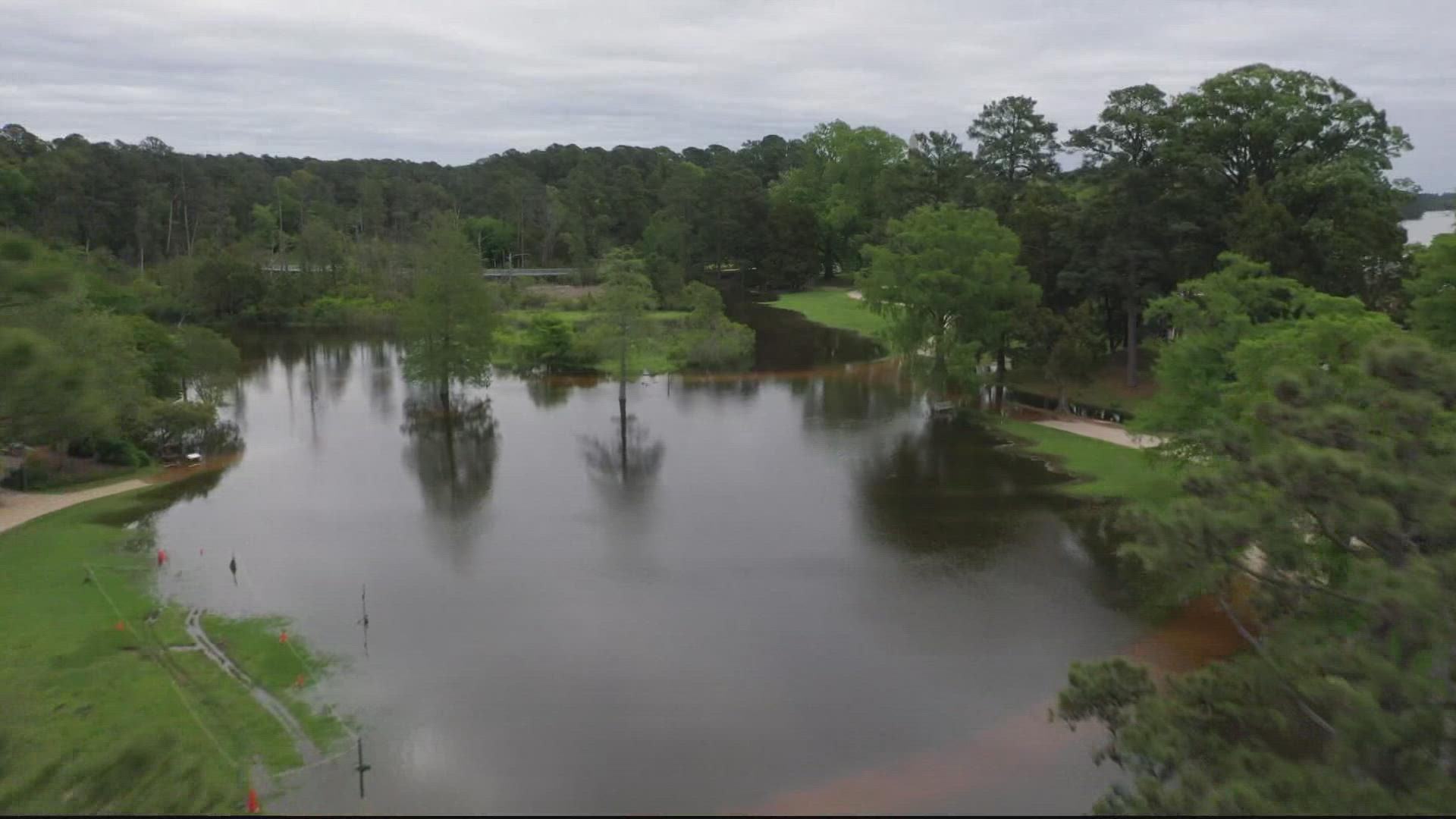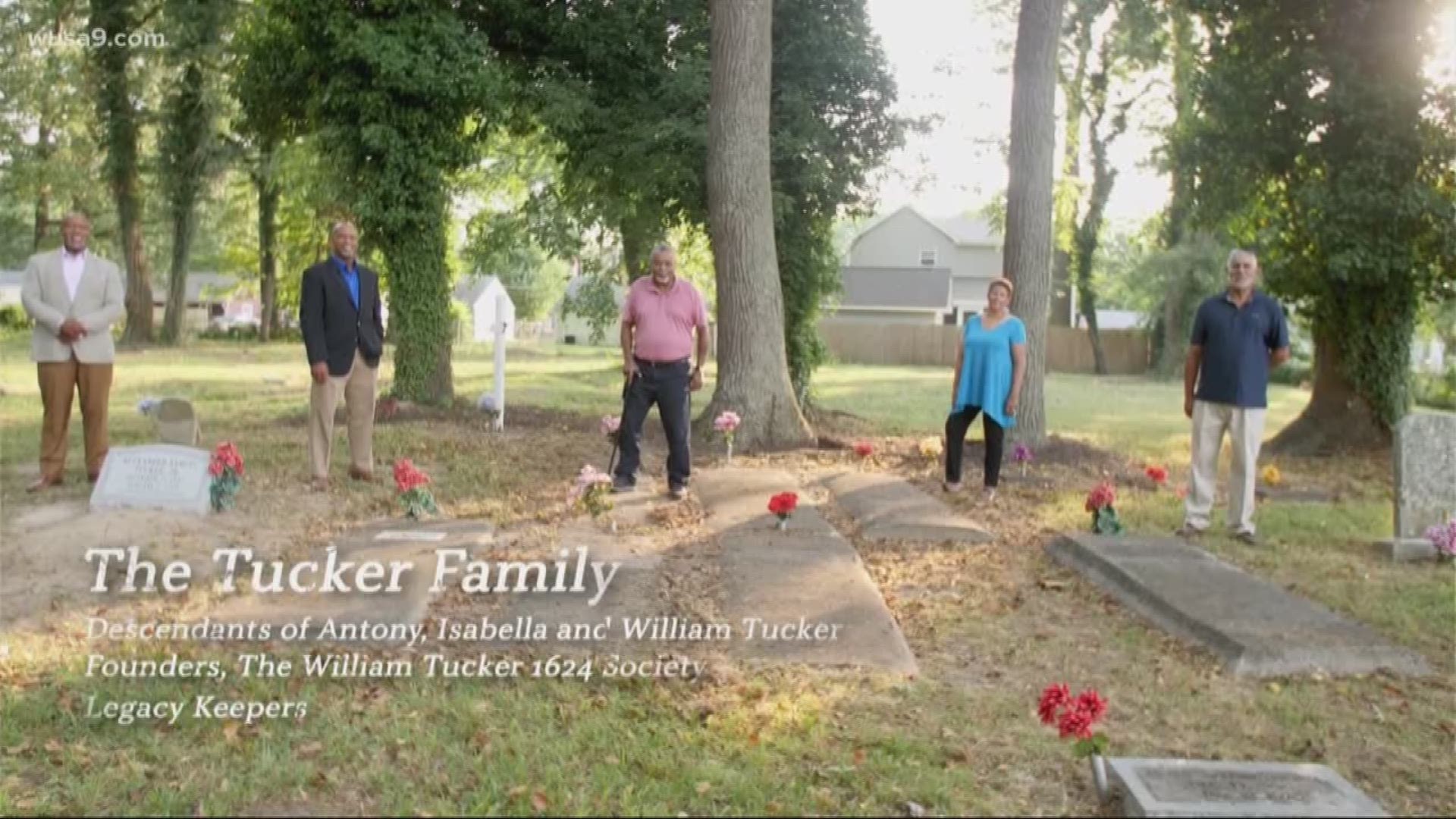WASHINGTON — Jamestown, Virginia is one of the most historic sites in the United States. But, like many coastal towns, it’s under constant threat from climate change. The combination of rising tides and more intense rainfall gave Jamestown a spot on the National Trust For Historic Preservation’s list of America’s 11 Most Endangered Historic Places.
English settlers first set foot in Jamestown more than 400 years ago. Settlers would go on to hold the first representative government of the English in North America on that site.
In 1619, that spot was where some of the first Africans were brought to be enslaved against their will. The island was also home to the Powhatan people for hundreds of years before the English showed up.
Those three aspects of the United States’ foundational history are what we’re at risk of losing to climate change, according to David Givens, the director of archaeology for the Jamestown Rediscovery Foundation. He said climate change is not something conceptual or far off in the future–it’s a part of his daily life.
“These coastal rainstorms that dump four inches in two hours on the property, those are more and more [common]," Givens said. "Normally, that wouldn't be a problem, except that the island and its infrastructure was put in in the 1950s and just can't handle four inches of rain. When you have a coastal storm on top of the 1.6 feet of sea level rise, you get this amplified flooding, and that affects the archaeology.”
In just 28 years, Givens and his team have uncovered more than 3 million historical artifacts during their archeological digs. If Jamestown goes underwater, as it’s predicted to in just over 50 years, millions more artifacts could be gone for good.
“We literally see history melting away,” Givens said as he showed off the dig site where his team made the stunning discovery of evidence of cannibalism in 2013. “To put it in perspective, that actual artifact may have been touched by John Smith. Like, there's poignant moments in your career where you find things and you’re really just like, ‘wow,’ and these are the things that are potential to be lost with climate change.”
Historic Jamestown needs a lot of work to fight off climate change. First on the list is repairing the sea wall. Jamestown Rediscovery Foundation’s Michael Lavin told WUSA9 storm surges are causing the sea wall to slide down into the James River.
“If we lost the seawall, literally the James River would be cutting through our property,” Lavin said. “America's birthplace is at risk.”
The Jamestown Rediscovery Foundation is partially depending on donations to fund their climate change resilience plan, but Lavin is also calling on local leaders to step in.
“With this master plan that we're creating, we do feel like we would be able to address and save Jamestown for the future. But it's going to take something more than a small nonprofit can raise on their own. We're going to need local government, state and federal appropriations most likely to deal with these issues,” Lavin said.
You can read more about the project HERE.


